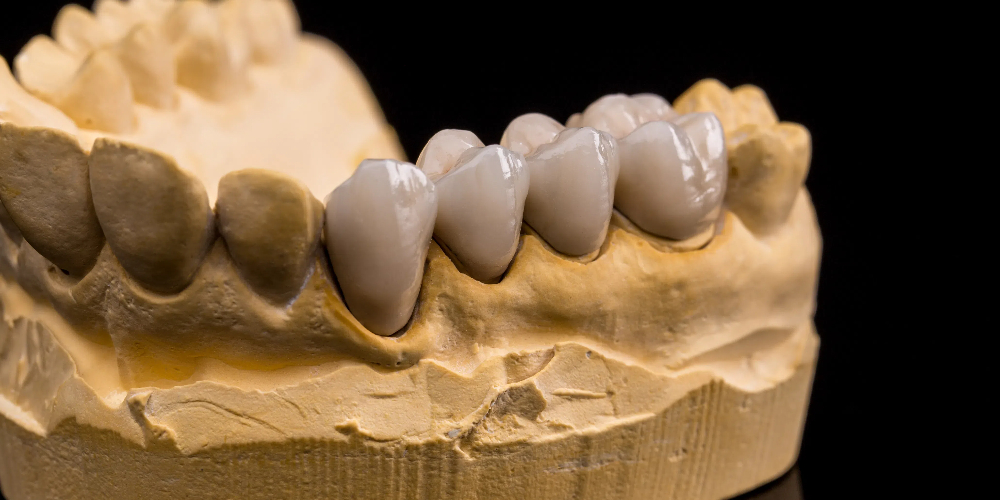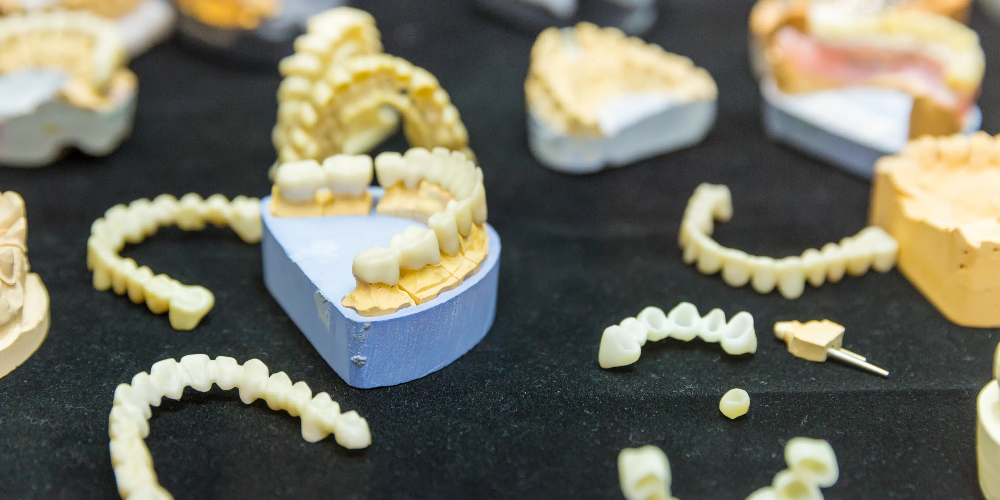When it comes to dental restorations, choosing the right material is crucial for both aesthetics and functionality. Cubic zirconia teeth are gaining popularity, but how do they stack up against traditional materials? Let’s dive in and explore.
What Are Cubic Zirconia Teeth?
Cubic zirconia teeth, also known as zirconia dental crowns or zirconium oxide dental crowns, are made from zirconium dioxide. This material is well renowned for its strength, durability, and natural outlook. Unlike porcelain, which can chip and crack, cubic zirconia offers superior resilience.

Advantages of Cubic Zirconia Teeth
Strength and Durability: One of the primary benefits of cubic zirconia teeth is their exceptional strength. They are less likely to chip or break compared to traditional porcelain crowns. Zirconium oxide dental crowns can withstand high bite forces, making them ideal for molars.
Aesthetic Appeal: Cubic zirconia crowns closely mimic the look of natural teeth. Their translucency and color match make them a popular choice for front teeth. Ceramic zirconia crowns can be customized to blend seamlessly with your natural teeth.
Biocompatibility: Zirconium oxide is biocompatible, meaning it is less likely to cause allergic reactions or gum irritation. This makes them a suitable option for patients with metal allergies.
Longevity: With proper care, zirconia dental crowns can last between 10 to 15 years, often longer than traditional materials. Their durability reduces the need for frequent implant replacements, saving time and money in the long run.
Disadvantages of Cubic Zirconia Teeth
Cost: One downside is the cost. They are generally more expensive than traditional crowns made from porcelain or metal. However, their longevity and durability can offset the initial investment over time.
Complexity in Shade Matching: While highly aesthetic, achieving the perfect shade match can be challenging. It requires a skilled ceramist to ensure the crown looks natural. Mismatched shades can affect the overall appearance of your smile.

Traditional Dental Materials: A Brief Overview
Porcelain Crowns: Porcelain crowns are known for their excellent aesthetics but are more prone to chipping and cracking. They are best suited for front teeth where biting force is lower.
Metal Crowns: Metal crowns, often made from gold or other alloys, are incredibly durable but lack aesthetic appeal. They are usually used for molars or out-of-sight areas.
Porcelain-Fused-to-Metal (PFM) Crowns: PFM crowns combine the strength of metal with the aesthetics of porcelain. However, they have a thicker metal layer that may show through as a dark line at the gum edge. These crowns are a good middle ground for both function and appearance.
Making the Right Choice: Factors to Consider
Location of the Crown: For visible areas like the front teeth, aesthetics might take precedence, making cubic zirconia crowns a preferred choice due to their natural look. For molars or less visible areas, durability might be more important, leading you to consider metal or PFM crowns.
Budget: If budget constraints are a concern, traditional porcelain crowns might be more affordable upfront, though they may require replacement sooner than cubic zirconia teeth.
Allergies and Sensitivities: If you have metal allergies or sensitivities, consider biocompatible options like zirconium oxide dental crowns to avoid adverse reactions.
Dentist’s Recommendation: Always consult with your dentist. They can provide personalized advice based on your oral health, lifestyle, and specific needs.

Conclusion
Choosing between cubic zirconia teeth and traditional materials depends on several factors including location, budget, allergies, and personal preferences. Cubic zirconia crowns offer unparalleled strength and aesthetics, while traditional materials like porcelain and metal have their own set of advantages. By weighing these components and counseling with your dental practitioner, you can make an educated choice that guarantees both the excellence and well-being of your smile.


